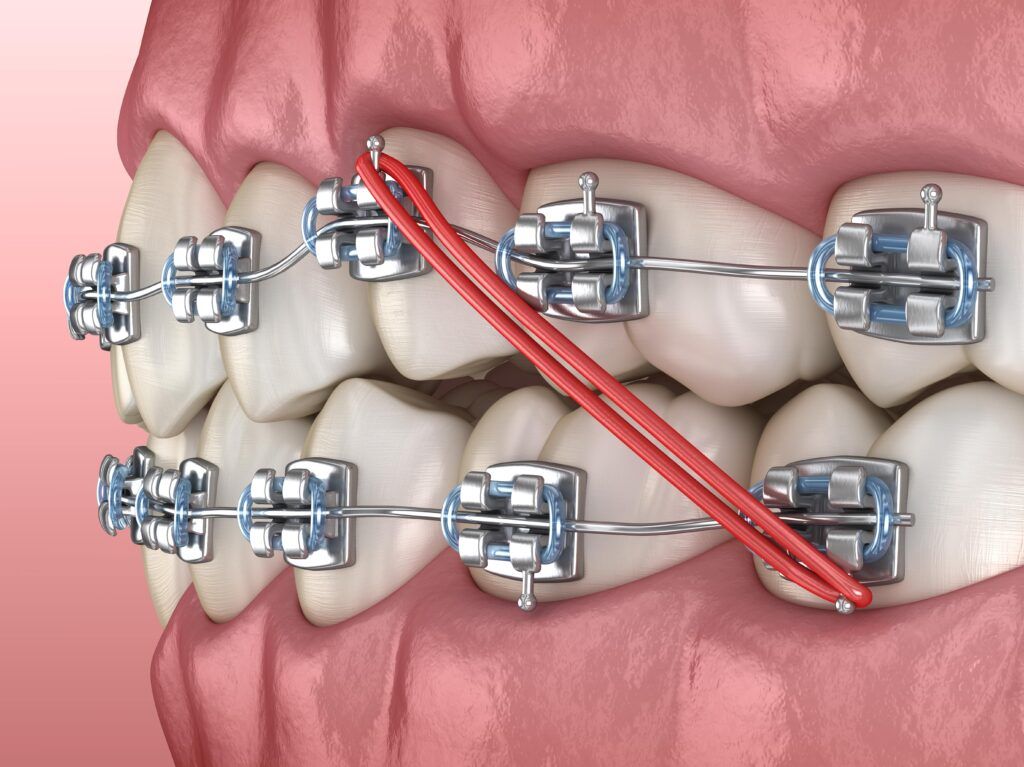How Cumming Orthodontics Addresses Common Braces and Invisalign Worries
How Cumming Orthodontics Addresses Common Braces and Invisalign Worries
Blog Article
Comprehensive Guide to Orthodontics Procedures for Fixing Oral Misalignments
In the realm of orthodontics, the journey to attaining a flawlessly lined up smile includes a myriad of treatments tailored to fix oral imbalances. From traditional braces to undetectable aligners and also medical options, the field of orthodontics provides an array of remedies to address varying levels of oral abnormalities. Understanding the ins and outs of each treatment, including their mechanisms, advantages, and potential disadvantages, is essential in making notified choices about one's orthodontic treatment. As we navigate with the comprehensive guide to orthodontic procedures for remedying oral misalignments, the elaborate information of each method will unravel, clarifying the path towards a functional and unified oral placement.
Orthodontic Procedures Summary

Regular adjustments and tracking are vital components of orthodontic therapy to make certain progress is on track and to make any necessary modifications along the way. By undertaking orthodontic treatments, individuals can not just accomplish a straighter grin however additionally boost their total dental health and wellness and feature.
Standard Dental Braces: Exactly How They Work
When thinking about orthodontic treatments for oral misalignments, typical dental braces stand apart as a time-tested approach for fixing teeth placing. Standard braces are composed of braces, wires, and bands that function with each other to apply continual pressure on the teeth, gradually moving them right into the preferred placement. The brackets are connected to the teeth utilizing a special adhesive, and the cables are threaded through the braces. By adjusting the stress of the wires, orthodontists can manage the instructions and force put on each tooth, guiding them right into correct positioning with time.
As stress is used to the teeth through the braces, the bone surrounding the teeth is improved to sustain the brand-new tooth positions. Patients will require routine adjustments at the orthodontist's office to make sure the braces continue to apply the correct pressure for effective teeth movement.
Invisible Aligners: Disadvantages and pros
These clear, customized trays are virtually invisible when put on, making them an enticing choice for individuals seeking an extra cosmetically pleasing orthodontic treatment. Patients can get rid of the aligners before consuming or cleaning their teeth, decreasing the risk of food obtaining stuck in the device and simplifying the cleansing procedure.

Surgical Orthodontic Options
Surgical interventions in orthodontics present viable options for addressing complex dental imbalances that might not be properly settled via standard orthodontic therapies. While typical dental braces and undetectable aligners can fix numerous orthodontic issues, certain instances call for medical intervention to achieve optimal outcomes. Surgical orthodontic choices are usually suggested for severe malocclusions, significant jaw discrepancies, and instances where the underlying bone framework requires adjustment to achieve proper placement.
One usual medical orthodontic procedure is orthognathic surgery, which entails rearranging the jaws description to fix functional concerns such as problem chewing or talking. This surgical procedure is frequently performed in cooperation with an orthodontist that assists line up the teeth before and after the treatment. Surgical orthodontics may also involve treatments to reveal influenced teeth, remove excess periodontal tissue, or reshape the jawbone to develop an extra unified facial account.
Before taking into consideration surgical orthodontic alternatives, patients undertake an extensive analysis to identify the need and potential advantages of such treatments. braces. While surgical procedure may seem daunting, it can dramatically improve both the function and aesthetics of the smile in situations where standard orthodontic treatments fall short
Retainers and Post-Treatment Care

Post-treatment care involves complying with the orthodontist's directions faithfully. This might include proper oral hygiene methods, going to follow-up visits, and putting on the retainers as suggested. Failing to follow post-treatment care instructions can result in relapse, where the teeth slowly return towards their original positions. Constant retainer wear, great oral hygiene, and regular dental check-ups are important for maintaining the results attained via orthodontic surgical procedure and making certain the lasting security of the remedied oral positioning.
Verdict
In verdict, orthodontic treatments use different options for fixing dental imbalances. Typical dental braces utilize metal braces and cables to change teeth into proper Source placement. Undetectable aligners offer a more discreet choice yet may not appropriate for all cases. Surgical orthodontic choices are offered for more extreme imbalances. Retainers are frequently utilized post-treatment to preserve the brand-new positioning. Generally, orthodontic procedures can effectively improve oral health and visual look.
As we browse with the thorough guide to orthodontic treatments for dealing with dental misalignments, the detailed details of each method will certainly unravel, shedding light on the path toward a unified and functional oral placement. - orthodontics
One of the most typical orthodontic therapies is the usage of dental braces, which are composed of metal brackets and wires that use gentle pressure to slowly change teeth into the wanted placement.When considering orthodontic treatments for dental misalignments, standard dental braces stand out as a reliable approach for dealing with teeth placing. Additionally, unnoticeable aligners may not click to investigate be appropriate for complicated orthodontic problems that need more considerable teeth motion, as they are normally advised for light to modest situations. Retainers are tailor-made orthodontic gadgets created to hold teeth in their remedied settings after the completion of orthodontic treatment.
Report this page